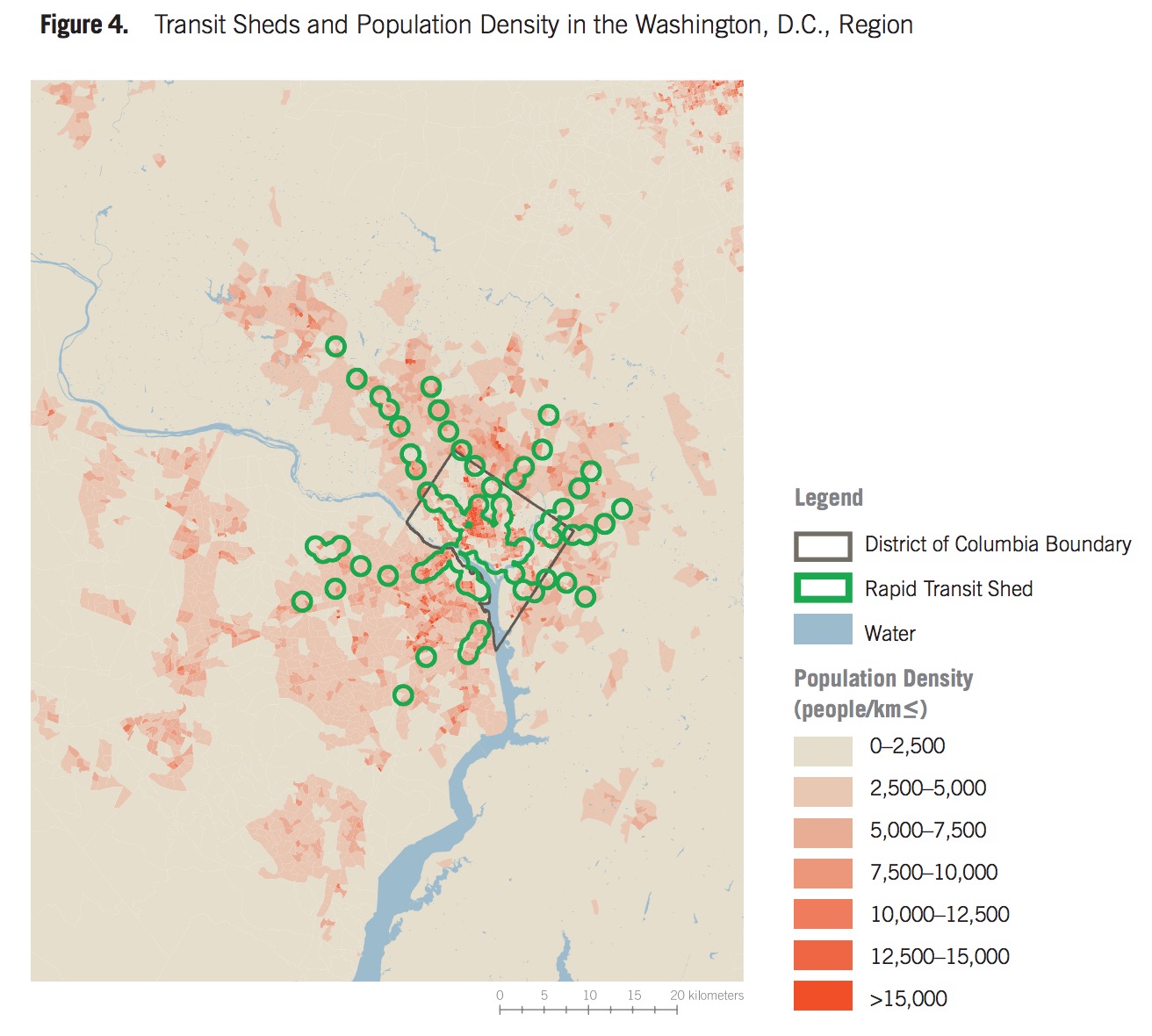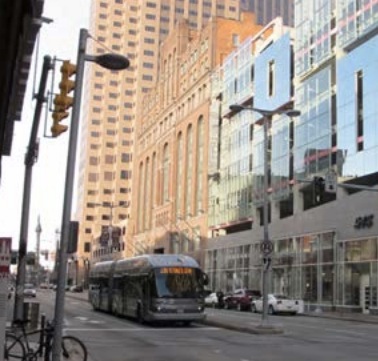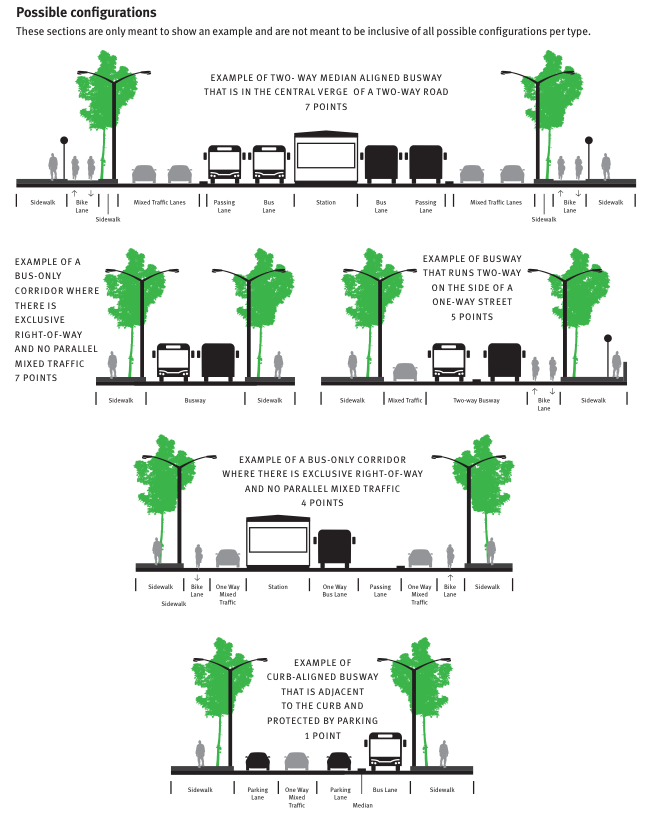
This study examines a building block of overall transit accessibility: how close rapid transit is to the residents of a city. Residents of large cities need to have rapid transit options located close to where they live so they can access opportunities without using a car. Measuring the number of residents in a city or metropolitan area who are covered by rapid transit is an important barometer for the efficacy and equity of a region’s transportation infrastructure. To account for differences in city size, PNT has been calculated as “percent of population living near rapid transit.”
View this complete post...














 RSS Feed
RSS Feed